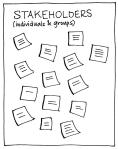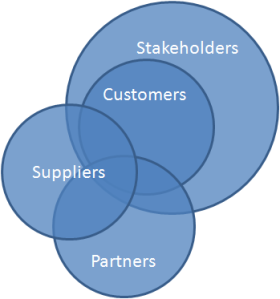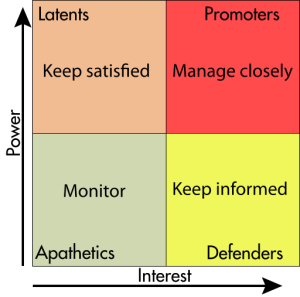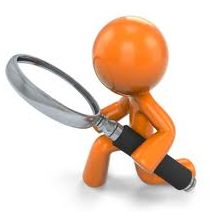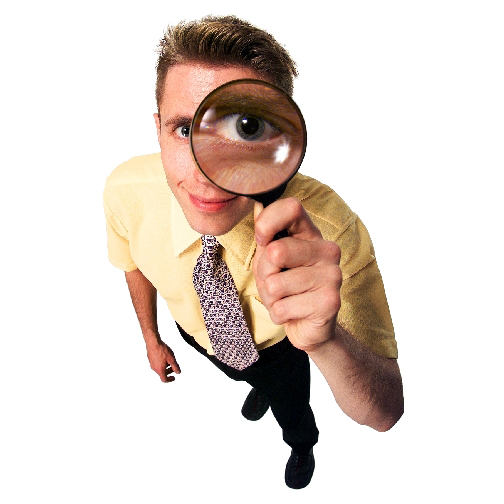 Strategic planning, as a structured and systematic process, is successful when it is leader-led and overcomes the five reasons 70% of all strategies fail. Learn how to see your plan through to success. The strategic planning process is where leaders of an organization establish the vision of the organization’s future and then develop and implement the actions necessary to achieve that future. This article expands on the strategic planning concepts addressed in Think Big, Take Small Steps and is designed to help you achieve success in your strategic planning process.
Strategic planning, as a structured and systematic process, is successful when it is leader-led and overcomes the five reasons 70% of all strategies fail. Learn how to see your plan through to success. The strategic planning process is where leaders of an organization establish the vision of the organization’s future and then develop and implement the actions necessary to achieve that future. This article expands on the strategic planning concepts addressed in Think Big, Take Small Steps and is designed to help you achieve success in your strategic planning process.
What Gets Measured, Gets Done — Over and Over Again.
Several weeks ago, I shared with you a tool that I use for organizational assessments in my Assessing Your Organization Using the Military’s DOTMLPF – FREE Assessment blog. In that blog, I told you that I ask, through interviews, for interviewees to rate particular items from 1 to 5.
The reason I structure and write out these interview templates is so that, in a year, myself, or the company, can go back and ask the same questions, or at least a subset of those questions, the same way year-after-year. Specifically, I want them to ask these 1 to 5 questions again if nothing else. This is a way to compare the organization’s strategic progress over the years. This utilizes your DOTMLPF-FREE Assessment as your guiding light over the strategic journey of the organization.
Additionally, when developing the organizational assessment, look for key things that the company measures today and bring that into the assessment. Do they have a balanced scorecard that they use? What type of human resource measures do they have, like employee engagement (I recommend Gallup), retirement eligibility and employee tenure, and attrition rates? Operational volume of services and sales and overall expense, when combined, provide a simple view of average cost per piece for an organization. Look for the big things you can measure every year or that they already measure.
Tying a company’s strategy to what they measure, or things they should be measuring, helps ensure the success for the strategic plan in the future. All too often, strategies are created by a single executive or small group of executives who come up with a mission, vision, and goals, in a conference room. The reality of these are as good as the wordsmithing that occurs to create them. The purpose of Think Big, Take Small Steps and specifically this whole section on How to Conduct an Organizational Assessment, is to provide the Executable Focus that helps strategies succeed.
Incorporating recurring measures in the organizational assessment at the start provides the organization with a repetitive tool for addressing and measuring strategic progress. The tendency will be to measure everything and that simply isn’t required. The company will have lots of measurements that could absorb your time and attention. Focus only on the few that are important.
For instance, I worked with the Air Force Sergeants Association over the years as a consultant and volunteer. As a membership organization, their primary focus is providing an Air Force Enlisted Voice on Capitol Hill. Their mission is only effective if they have a strong membership base. As a general rule, lobbying associations with less than 100K members tend to be discounted. Thus, Membership Strength was the most important strategic metric for the association, especially when they hover around 120K. However, for a long time, they only focused on Membership Recruiting and didn’t really look at the bottom line. They would be recruiting people by the droves, but on the back end they were pouring out the door faster as their membership expired. Taking account of Membership Strength, along with Membership Recruiting, Membership Retention, and Membership Loss provides the full strategic picture on the most important factor that the association cares about–Legislative Strength. Now you they strategically examine what drives recruiting and retention and causes loss for the organization and focus on these activities. A DOTMLPF-FREE assessment further highlights gaps that might be affecting or preventing the association from being successful.
Part of assessing an organization is to develop recurring measures that give the organization a repetitive tool for addressing and measuring strategic progress. If you follow my suggested approach with DOTMLPF-FREE, you will automatically create a starting strategic performance measure. Then focusing on those important few metrics that tell you everything about the organization and are fairly easy to obtain round out the assessment. Remember, this is strategic…not operational or tactical planning…and you want to focus on strategic measures that lead you to operational and tactical actions. This provides an executable focus to your plan.
So, 70% of all plans fail to some level; however, by following these guidelines you can help ensure your strategic plan will be one of the 30% successes that everyone reads about.
Related Links:


